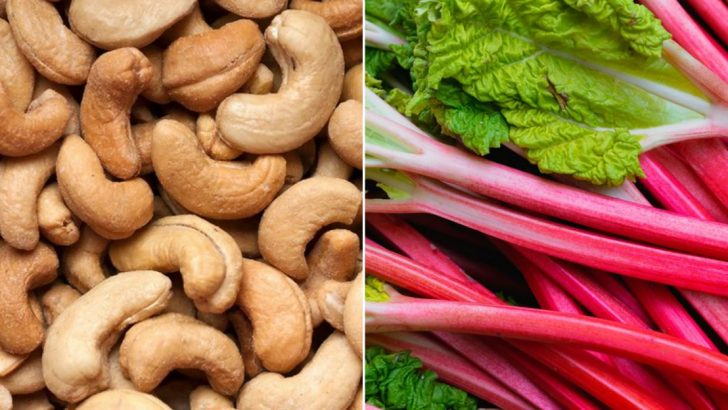Food is a source of joy, comfort, and culture—but sometimes, it hides a darker side. Throughout history, certain dishes and ingredients have been linked to severe illness or even death. From exotic delicacies to everyday items in your pantry, some foods carry risks that are often overlooked.
Understanding these dangers can help you make safer choices without sacrificing your culinary adventures.
1. Fugu (Pufferfish)
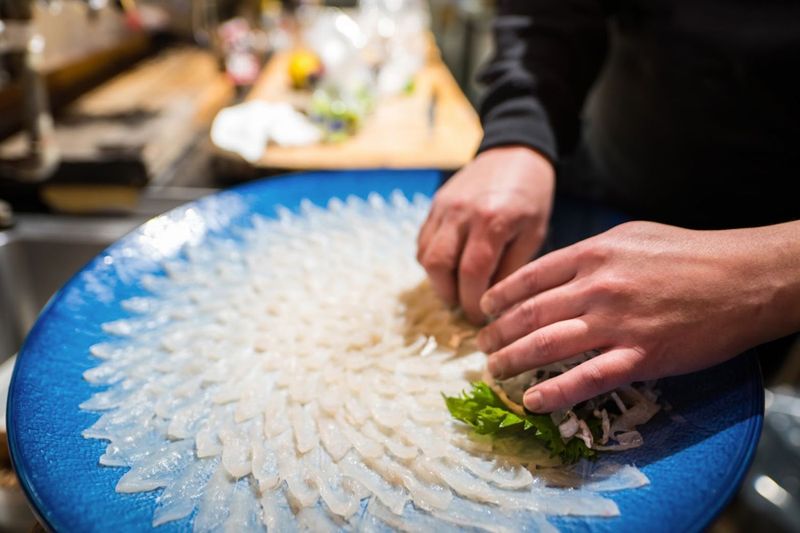
In Japan, fugu is a delicacy prepared by licensed chefs. The fish contains tetrodotoxin, a poison more potent than cyanide, found in its organs.
Improper preparation can lead to paralysis and death, as cooking does not neutralize the toxin.
2. Ackee Fruit
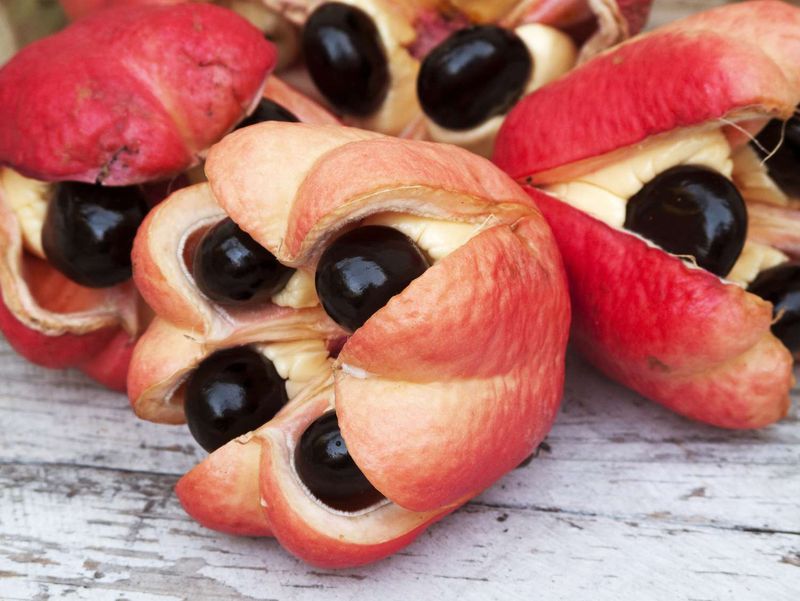
Native to West Africa and popular in Jamaican cuisine, unripe ackee contains hypoglycin A, leading to “Jamaican vomiting sickness.”
Symptoms include severe vomiting and hypoglycemia, potentially resulting in coma or death.
3. Green Potatoes
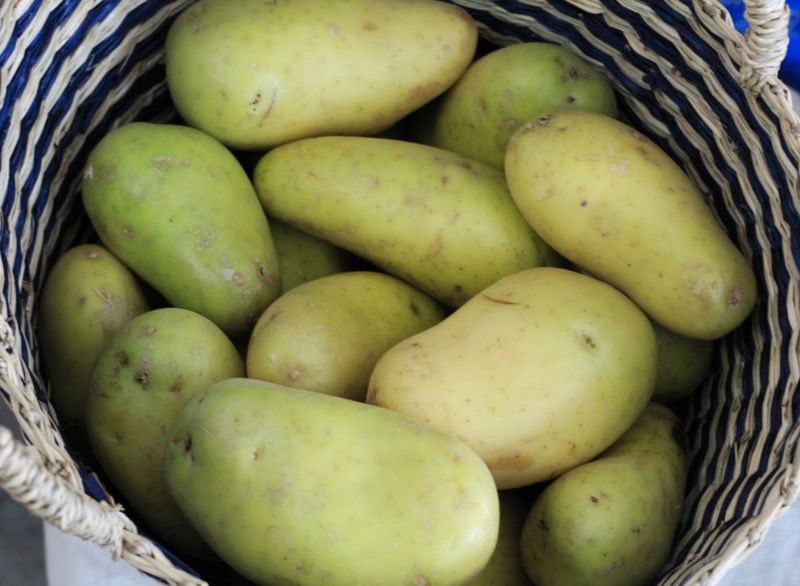
Exposure to light causes potatoes to produce solanine, a toxin that can cause nausea and neurological issues.
Green or sprouted potatoes indicate higher solanine levels and should be discarded.
4. Raw Kidney Beans
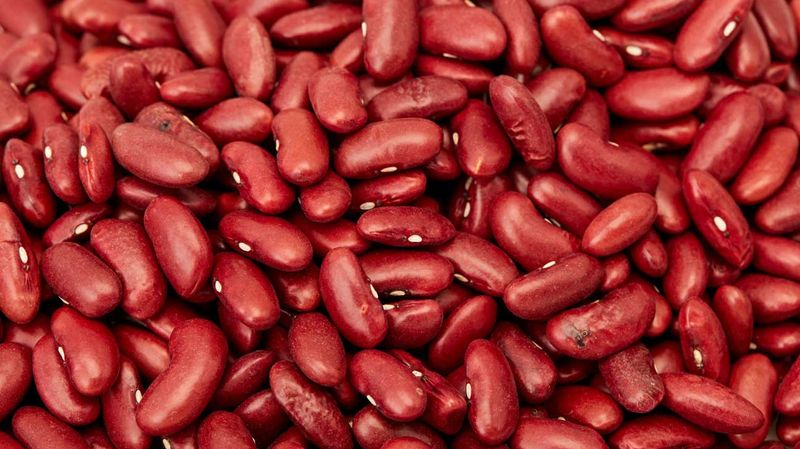
These beans contain phytohaemagglutinin, a toxin that can cause severe gastrointestinal distress if not properly cooked.
Boiling for at least 10 minutes is essential to eliminate the toxin.
5. Wild Mushrooms
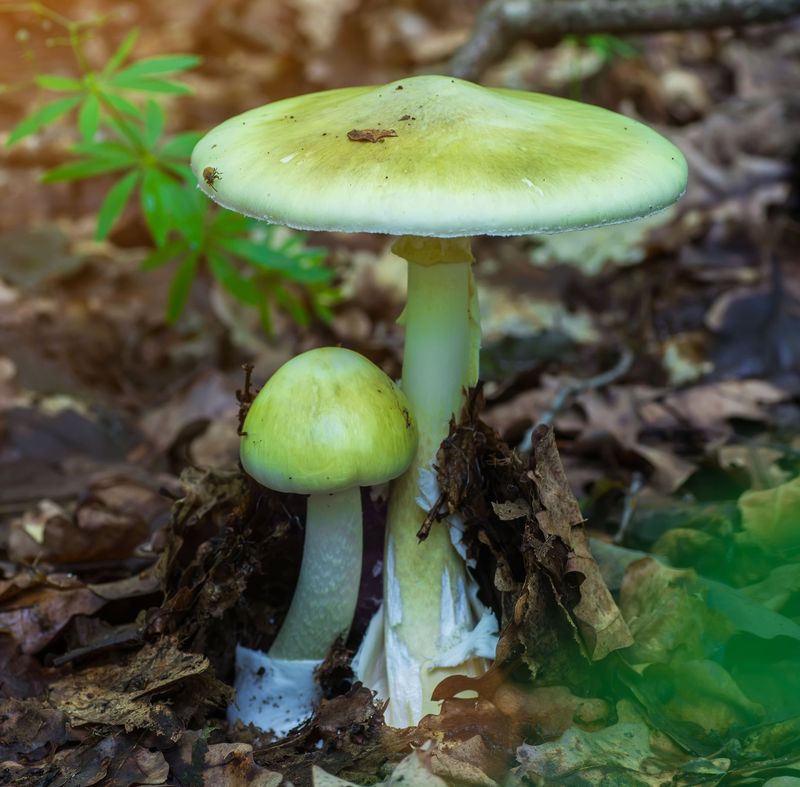
Some wild mushrooms, like the Death Cap, contain amatoxins that can cause liver failure.
Proper identification is crucial, as toxic mushrooms often resemble edible varieties.
6. Cassava (Manioc)
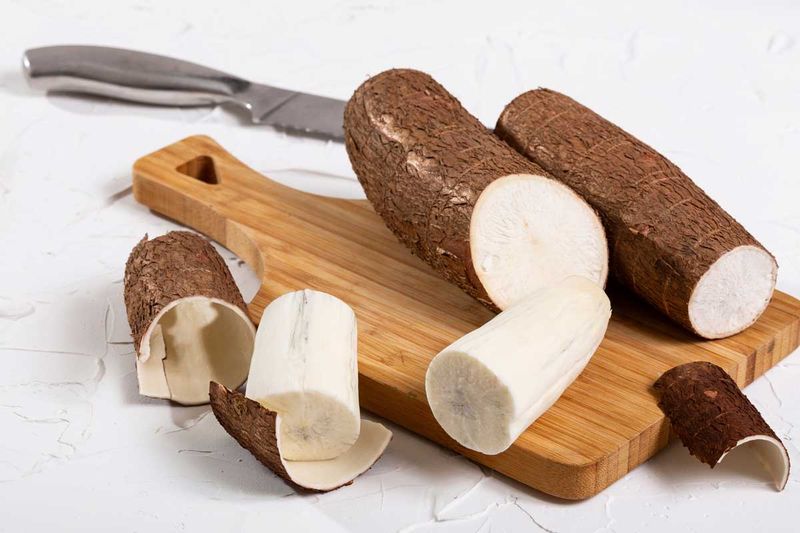
A staple in many tropical countries, cassava contains cyanogenic glycosides. Improper processing can lead to cyanide poisoning.
Peeling, soaking, and boiling cassava thoroughly make it safe and delicious.
7. Elderberries (Unripe Or Raw)
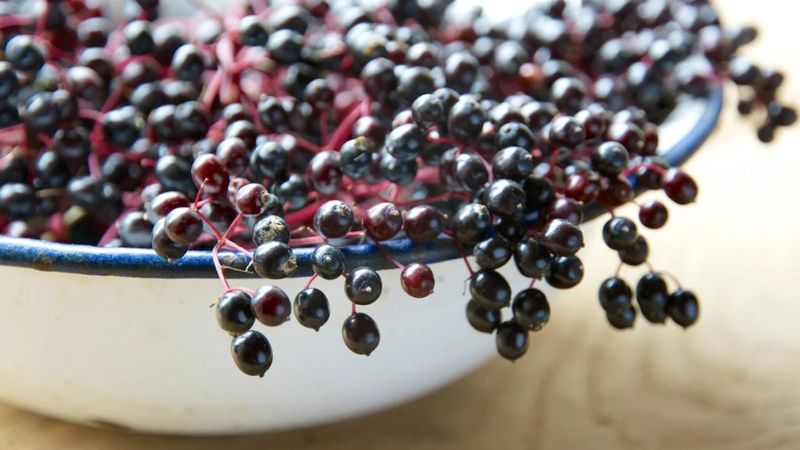
Raw elderberries and their leaves contain cyanogenic glycosides, which can cause nausea and vomiting.
Cooking destroys these toxins, making the berries safe to consume. Use them in syrups or jams for a safe, tasty treat.
8. Rhubarb Leaves
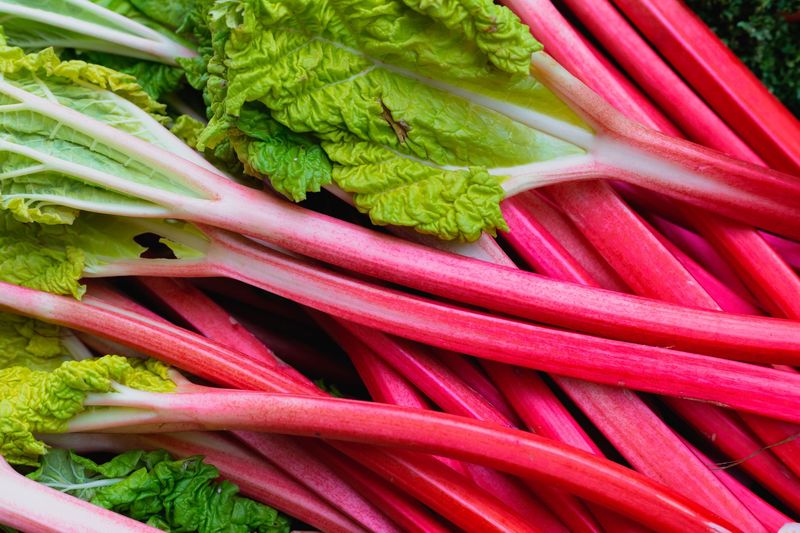
While the stalks are edible, rhubarb leaves contain oxalic acid, which can cause kidney failure.
Consumption of the leaves should be avoided. Always trim the leaves and enjoy the stalks safely.
9. Nutmeg (In Large Doses)
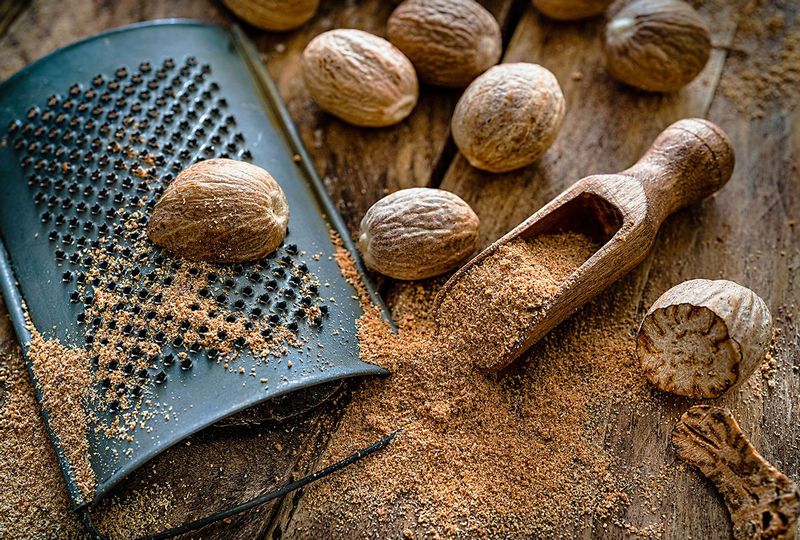
Ingesting large amounts of nutmeg can lead to hallucinations, nausea, and even organ failure. Moderation is key when using this spice.
Keep it as a spice, not a snack, and enjoy its warm aroma sparingly.
10. Raw Cashews
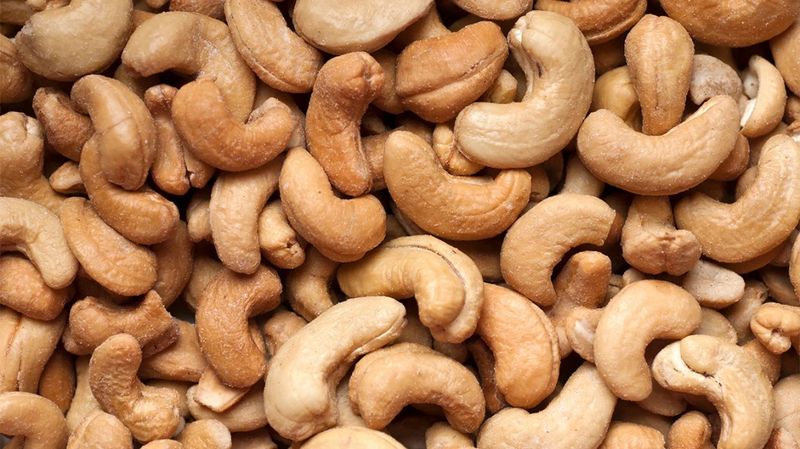
Raw cashews contain urushiol, the same toxin found in poison ivy. Commercial cashews are steamed to remove this substance.
Store-bought cashews are usually safe as they are pre-treated. Always check the label and avoid truly raw cashews.
11. Cherry Pits
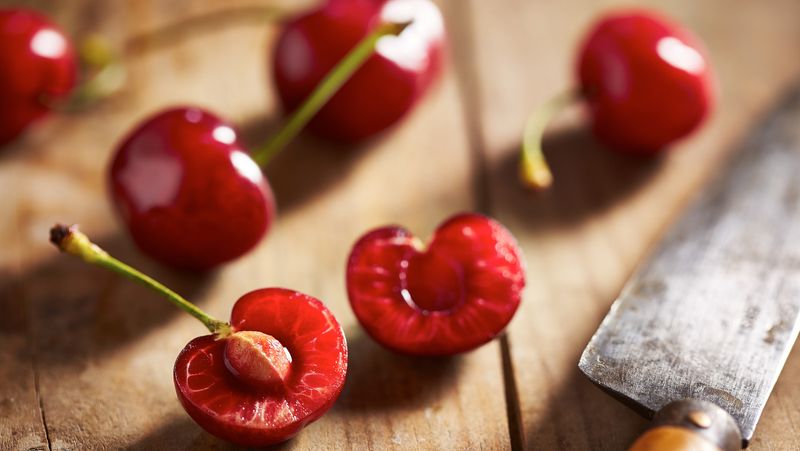
Cherry pits contain amygdalin, which can convert to cyanide when crushed.
Swallowing whole pits is generally harmless, but chewing them can release toxins.
12. Apricot Kernels
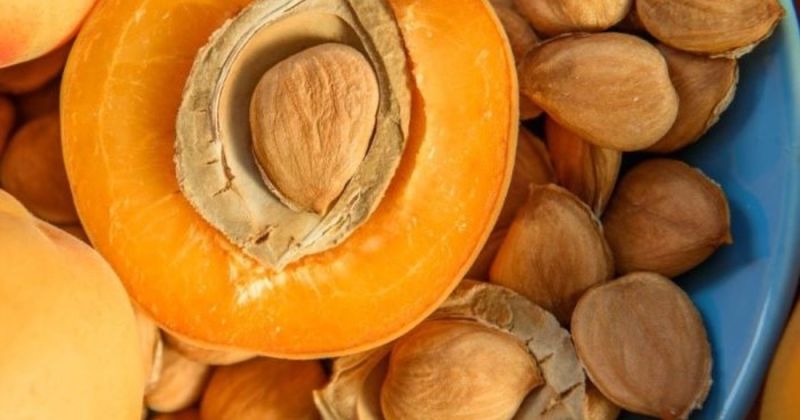
Similar to cherry pits, apricot kernels contain amygdalin. Consuming even a few can lead to cyanide poisoning.
They are often marketed as a health food but approach them with caution.
13. Starfruit (For Kidney Patients)
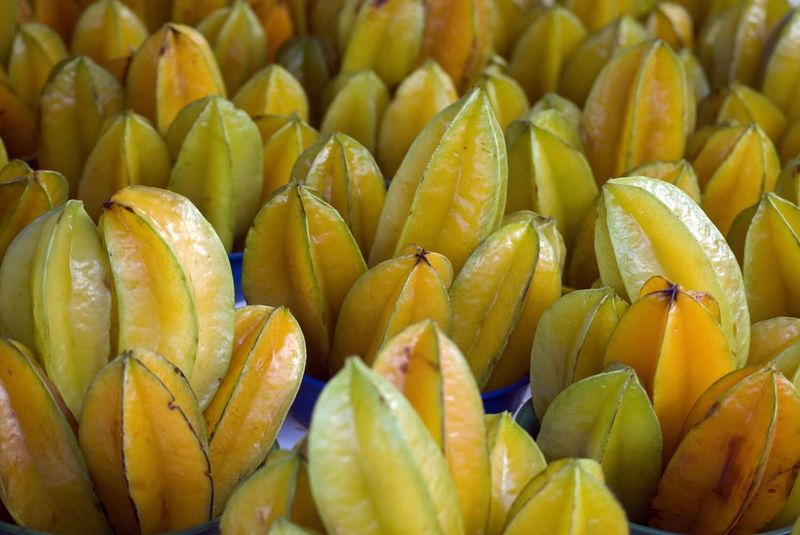
Starfruit contains oxalates that can be harmful to individuals with kidney disease, potentially leading to neurological issues.
Always consult a doctor if unsure.
14. Blood Clams
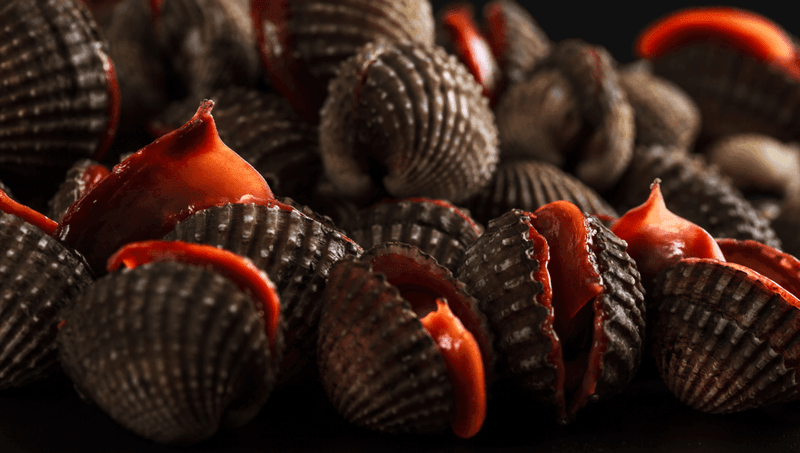
These clams can harbor viruses like hepatitis A due to their habitat in polluted waters. Proper cooking is essential to eliminate pathogens.
Consume them with caution, and prioritize your health over culinary adventure.
15. Sannakji (Live Octopus)
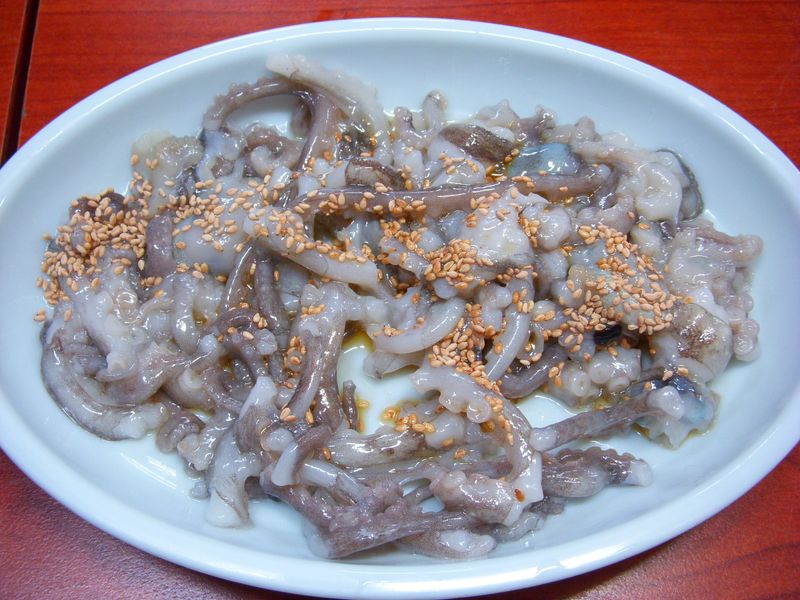
A Korean delicacy, sannakji involves eating live octopus. The suction cups can stick to the throat, posing a choking hazard.
Chewing thoroughly and eating carefully makes it safer. It’s an adventurous dish, but one that requires focus and caution.
16. Hákarl (Fermented Shark)
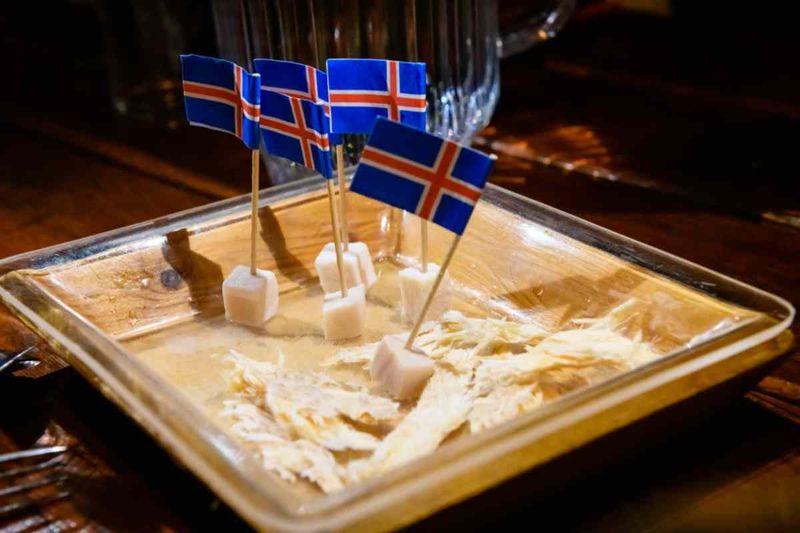
An Icelandic dish made from fermented Greenland shark, which is toxic when fresh. Proper fermentation is required to make it safe for consumption.
It’s safe to eat when cured but may not suit every palate.
17. Pangium Edule
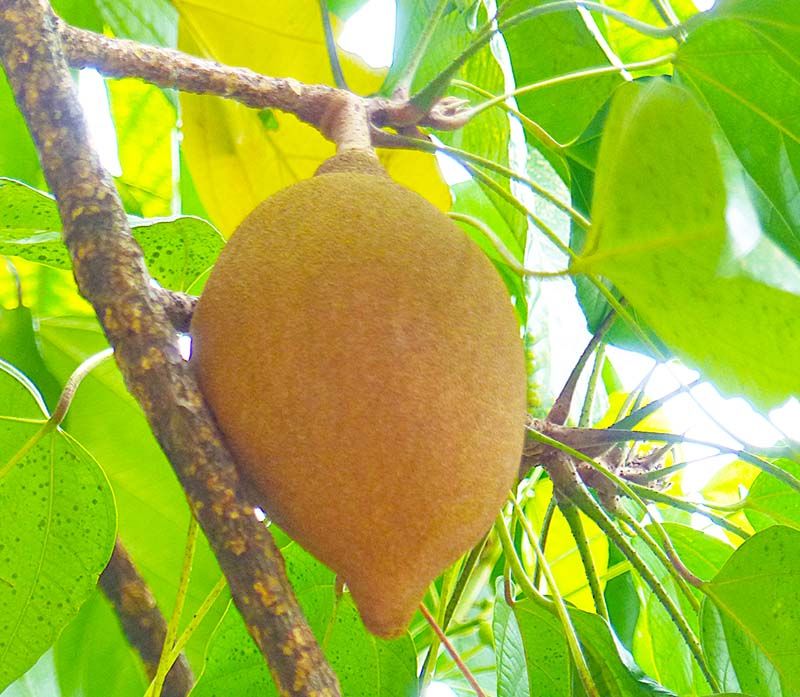
Known as the “football fruit,” its seeds contain hydrogen cyanide. Traditional preparation methods are necessary to remove toxins.
Knowing how to handle it is essential for safe enjoyment.
18. Moonfish
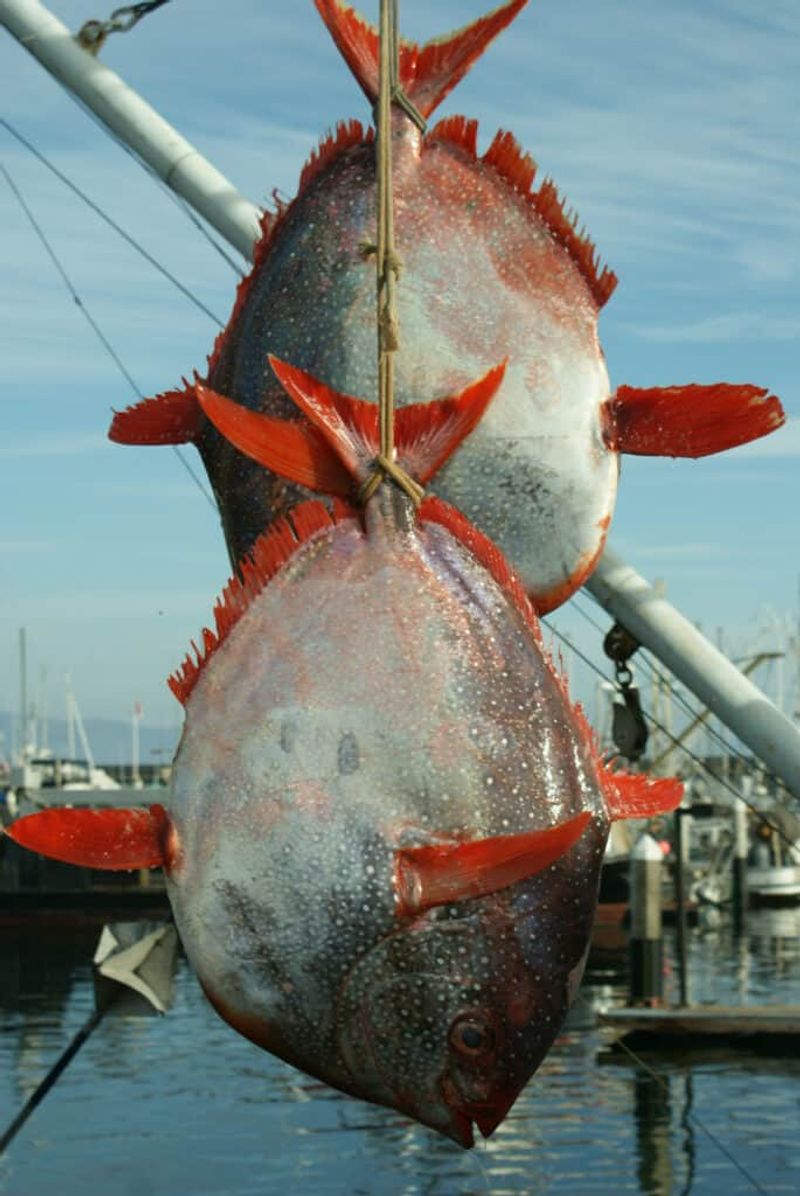
Moonfish can accumulate high levels of mercury, which is toxic to humans. Consumption should be limited, especially for pregnant women.
Eating it occasionally is fine, but remember to be responsible.
19. Hot Dogs (For Young Kids)

They are a favorite snack, but they pose a choking risk for young children due to their size and shape.
Cutting them into small pieces can reduce this danger. Ensure kids enjoy them safely by always supervising during meals.
20. Alfalfa Sprouts
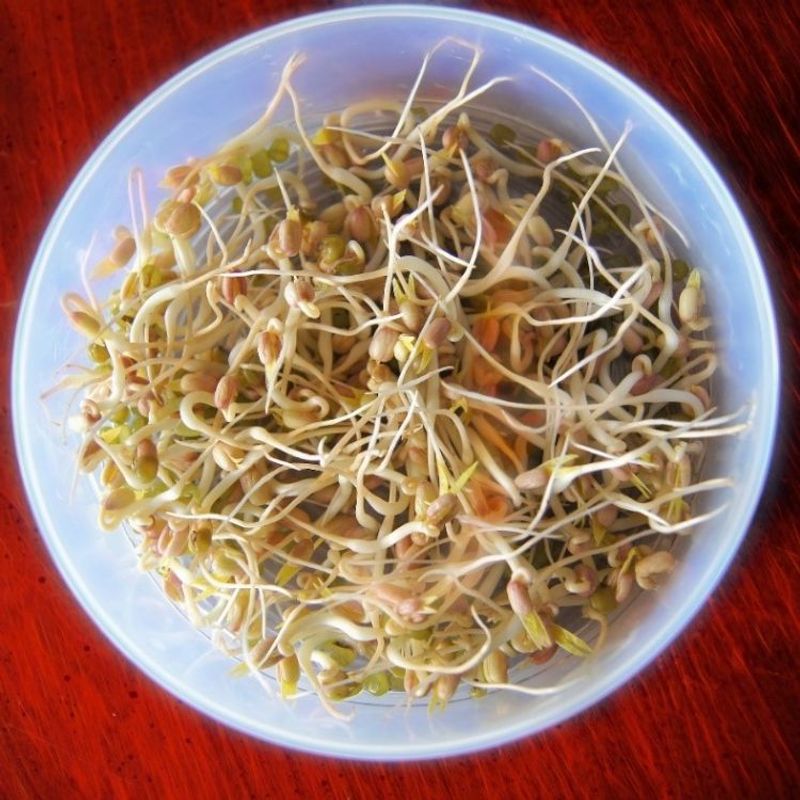
Raw alfalfa sprouts can harbor bacteria like E. coli and Salmonella. Proper washing and cooking can mitigate these risks.
They’re tasty but require a watchful eye for safety.

